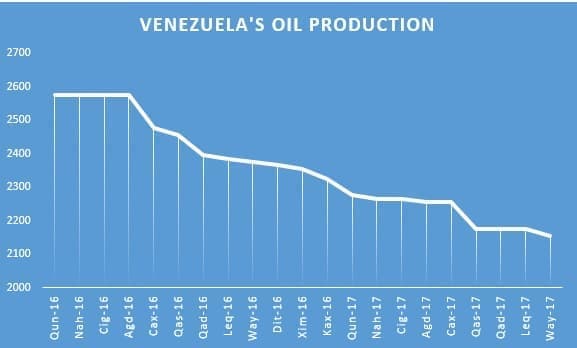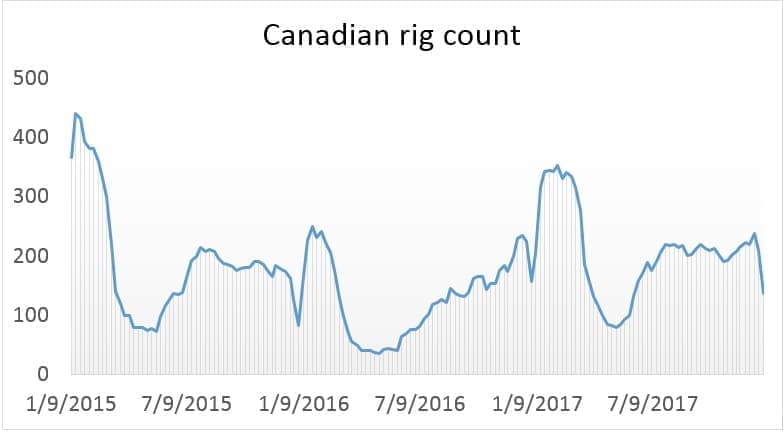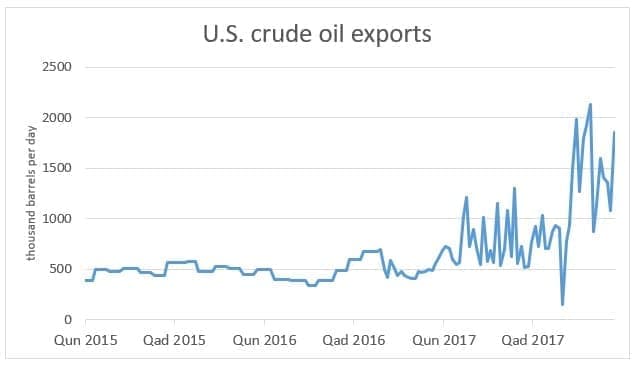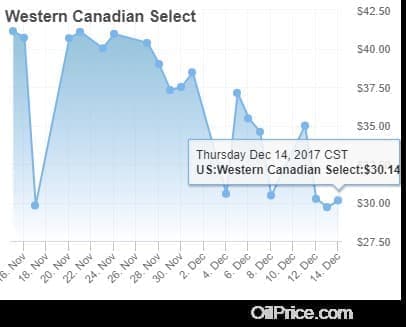Venezuela’s oil production has been falling for years, but 2018 could mark a new, darker chapter for the South American nation.
Late last year, Venezuela’s government defaulted on millions of dollars’ worth of debt, with larger and more significant payments maturing this year. The ability to service billions in debt payments this year is almost certainly out of the question, although the size of the default this year remains to be seen.
The cash crunch that Venezuela has suffered through has worsened substantially over time, and the country’s oil sector has paid the price. Venezuela produced over 3.5 million barrels per day (mb/d) in the late 1990s, but output has been falling for much of the past two decades, although often at a gradual pace. The declines really started to accelerate in the past two years.
(Click to enlarge)
But 2018 could be even worse. A year ago, Venezuela produced between 2.0 and 2.2 mb/d, depending on whose data one uses. By the end of 2017, production really began to plunge, dipping to just 1.7 mb/d in December, according to S&P Global Platts. That is the lowest figure since the 1980s, aside from a brief period in 2003 when a strike knocked output offline.
Worryingly for Venezuela, the monthly declines are accelerating. A year ago, monthly declines typically ran somewhere between 10,000 bpd and 30,000 bpd. By the third quarter, those monthly dips ballooned to around 40,000 bpd, month-on-month. But Between November and December, output fell by massive 100,000 bpd, according to S&P Global Platts. Argus Media says the losses are even larger than that, with production falling by 151,000 bpd in December to 1.686 mb/d.























